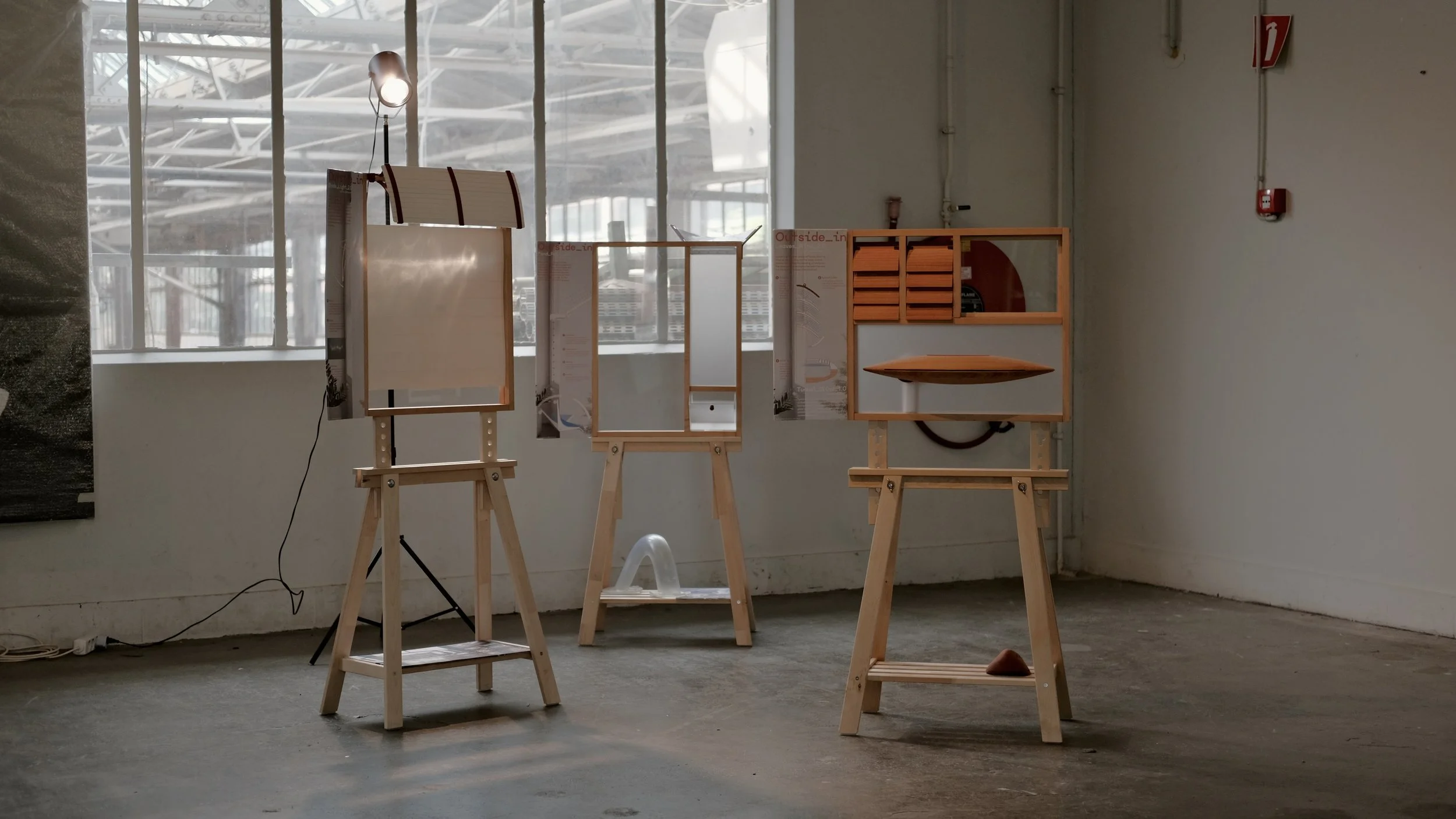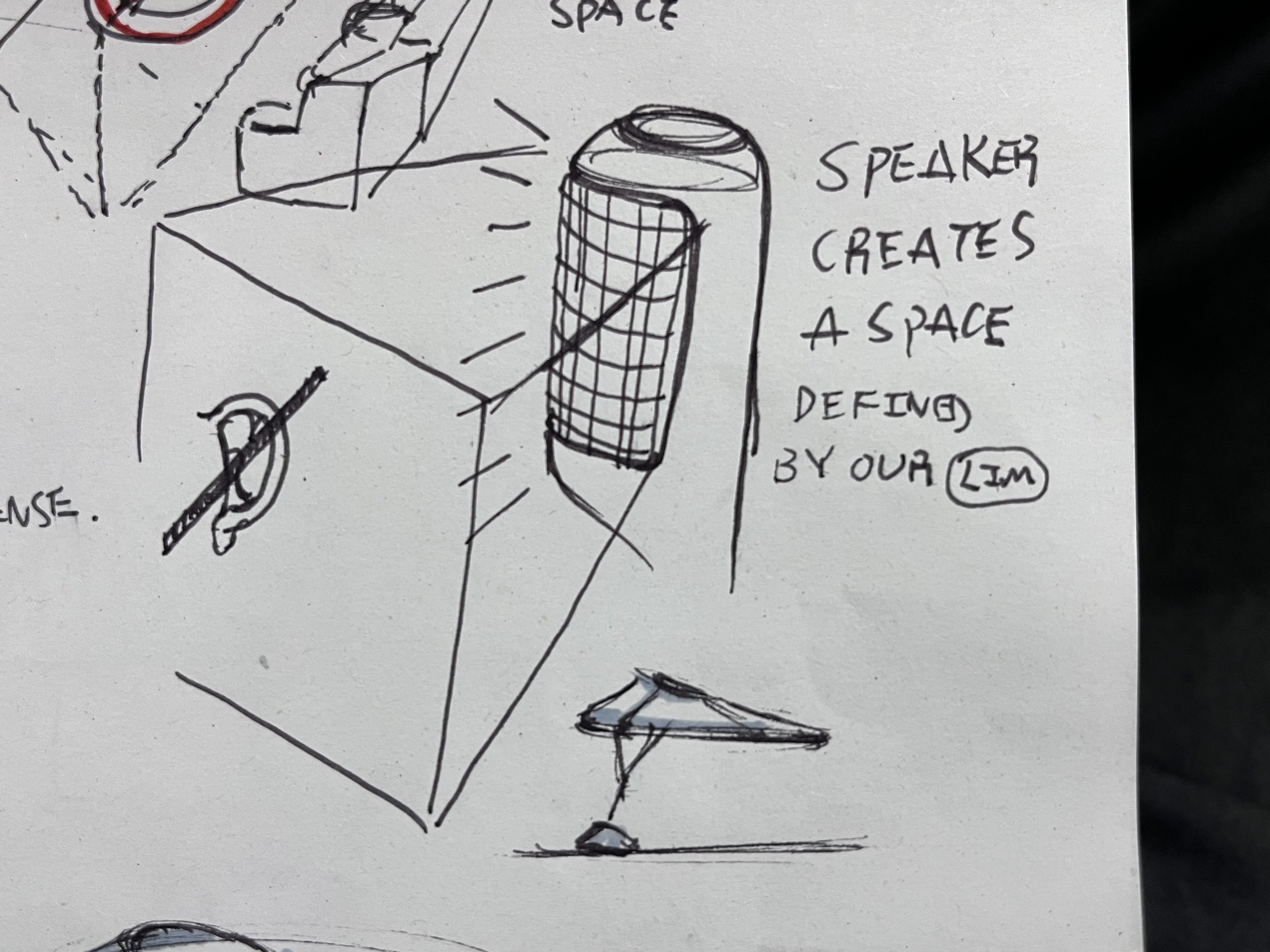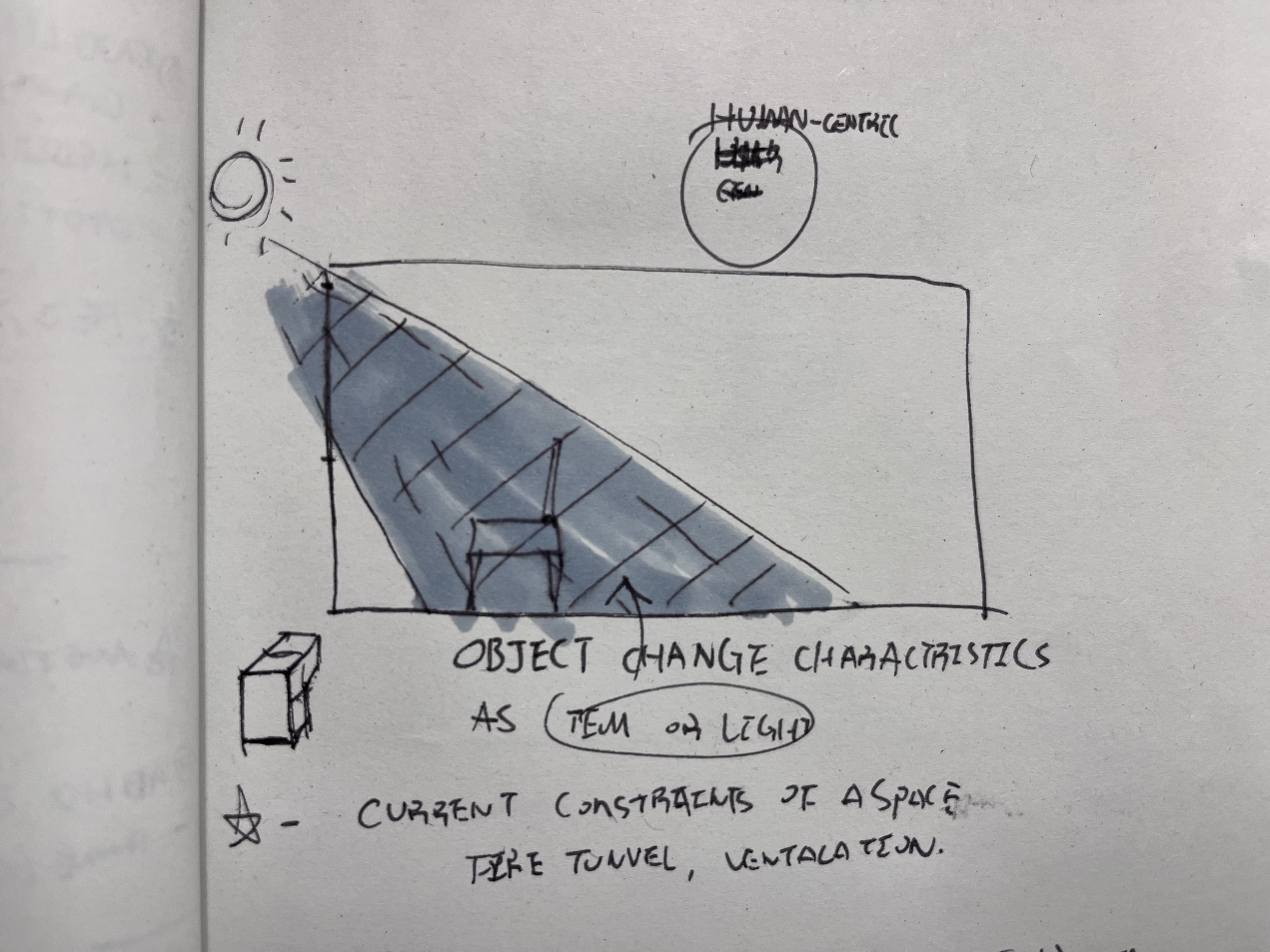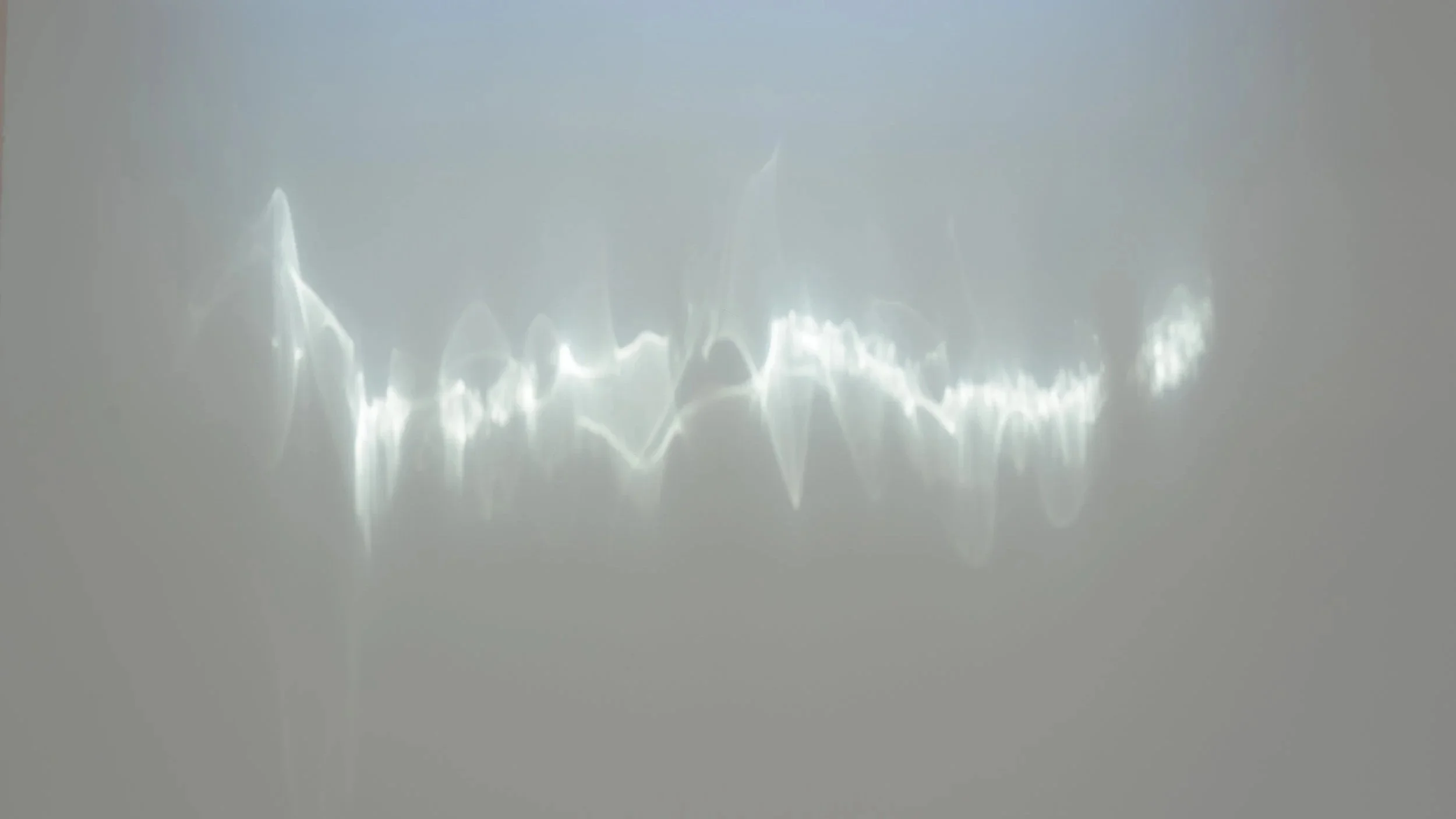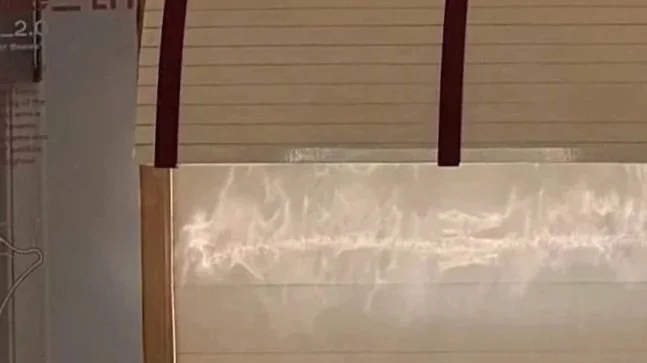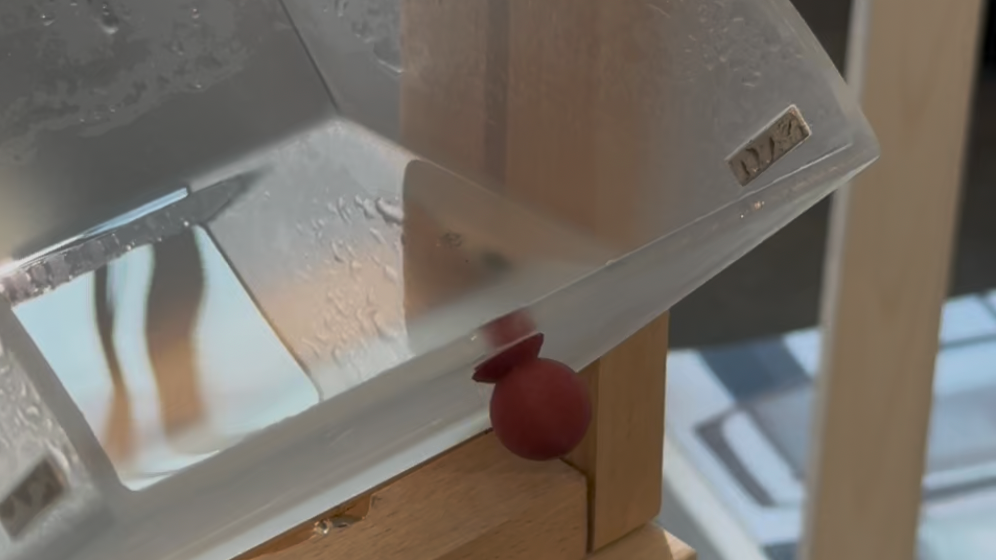Outside_in, Sept 2023 to present,
Designed by Zixuan_Zhang
The Collection of Outside_in_1.5 presented at Piet Hein Eek during Dutch Design Week 2024
Invitation to the Nature
"Outside_in" is a series of window installations that brings natural energies like wind, rain, and light directly into indoor spaces. By introducing these elements as immersive experiences, we aim to enrich the sensory lives of people living and working in standardized modern architecture.
It is the thesis project for Master Degree of Industrial Design in Rhode Island School of Design from 2023-2024. It is still being revised as now.
The Outside_in_1.0
Where everything started: Before the term “Outside_in” emerged, my research topic was called “Participating Space”, implying that from myself, within a certain jurisdiction or a limited interior or architectural space, the perceptions and thoughts that arose were primarily situated within two major frameworks - the redefinition of physical interior or architectural space and the relative relationship between structure and interior or architectural space.
Space under the Techs
The air conditioner creates a temperature gradient that delineates a comfortable thermal zone for occupancy. The television dictates an optimal distance for viewing based on screen size and resolution. Sound systems define the auditory space within which the listening experience is immersive.
The Light through Window
Whether natural or artificial light, they can both traverse through windows, accompanied by temperature and energy. At a suitable angle, they create a space.the curtains during bright sunlight either for privacy or to avoid being disturbed by light during sleep.
Looking from Inside to Outside
Spatial experiences
The diversification of spatial experiences was previously created or consciously initiated by ourselves. Whether it’s the currently popular various lamps, scented candles that render the ambiance, or the houseplants we commonly use, they are all means by which we attempt to impart influence on our living spaces. However, they are constrained by structural spaces and sensory spaces, thus lacking a dynamic, natural spatial experience.
Summery
From the initial space defined by subjective consciousness to the relationship between nature and the spaces we occupy, I have been attempting to explain the significance of contemporary indoor spaces for us. Moreover, since the arrival of COVID in 2021, our connection with our living spaces has deepened as working from home became more commonplace. We have spent more time indoors than ever before, and thus our living spaces have taken on more functions and activities. Redefining space has, to a certain extent, provided me with more perspectives to view the places I currently inhabit, helping me explore the unknown possibilities of space. So next, please see the chapter “Outside_in,” where I will explain to you how I view the internal spaces or pods I occupy from the outside.
Hall of Prototypes for Outside_in_1.0
Outside_in is a series of ongoing installations located at the openings of modern buildings (spaces in between the interior and exterior) that can connect with or receive climatic resources such as wind, rainwater, sunlight, and more. Its purpose is to rethink and challenge how we can enhance the relationship with and awareness of climate and nature in our future indoor spaces through innovative experiential methods. This approach prioritizes the use of natural materials, supplemented by modern materials, and emphasizes the empathic experience with the external environment rather than the traditional functional conversion and utilization of natural energy. Although there is potential for extended functionality, it is not the focus at this stage. Outside_in emphasizes the continuity and long-term nature of the connection with natural experiences, aiming to integrate with buildings over the long term, becoming a part of the architecture, thereby ensuring the sustainability of the experience and a more comprehensive and long-term awareness of climate change.
Photos of Prototypes by Elbert Giron
Outside_in 1.0
The 1.0 collection consists of three designs: Well_Light, Canal_Rain and Tunnel_Wind.
Outside_in 1.5
The 1.5 collection consists of three designs: Shade_Light, Pond_Rain and Leaves_Wind. The major change was to scale down the existence of installations and scale up the experience. Therefore, I have to balance material between the structural stillness and sensory overflow.

